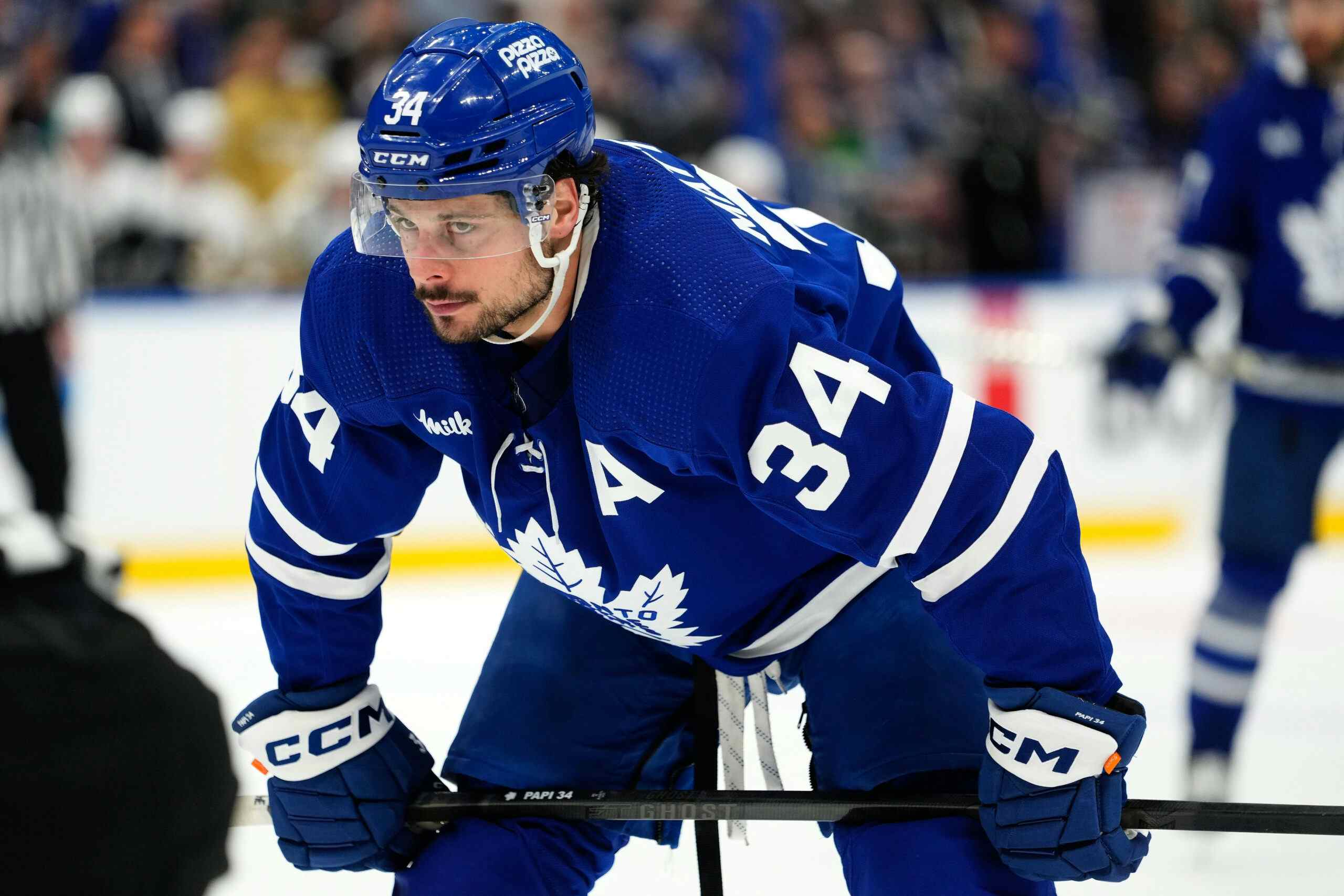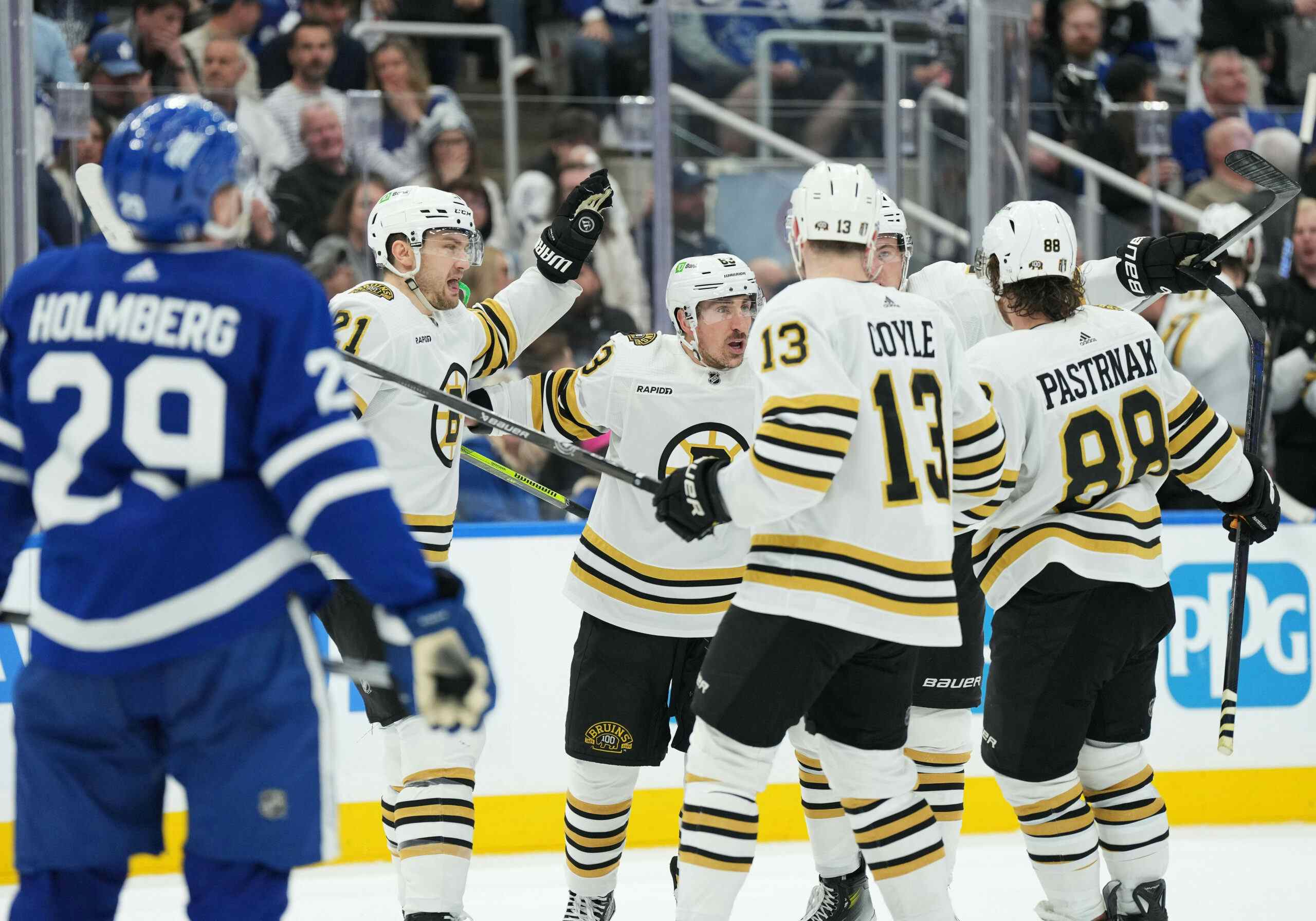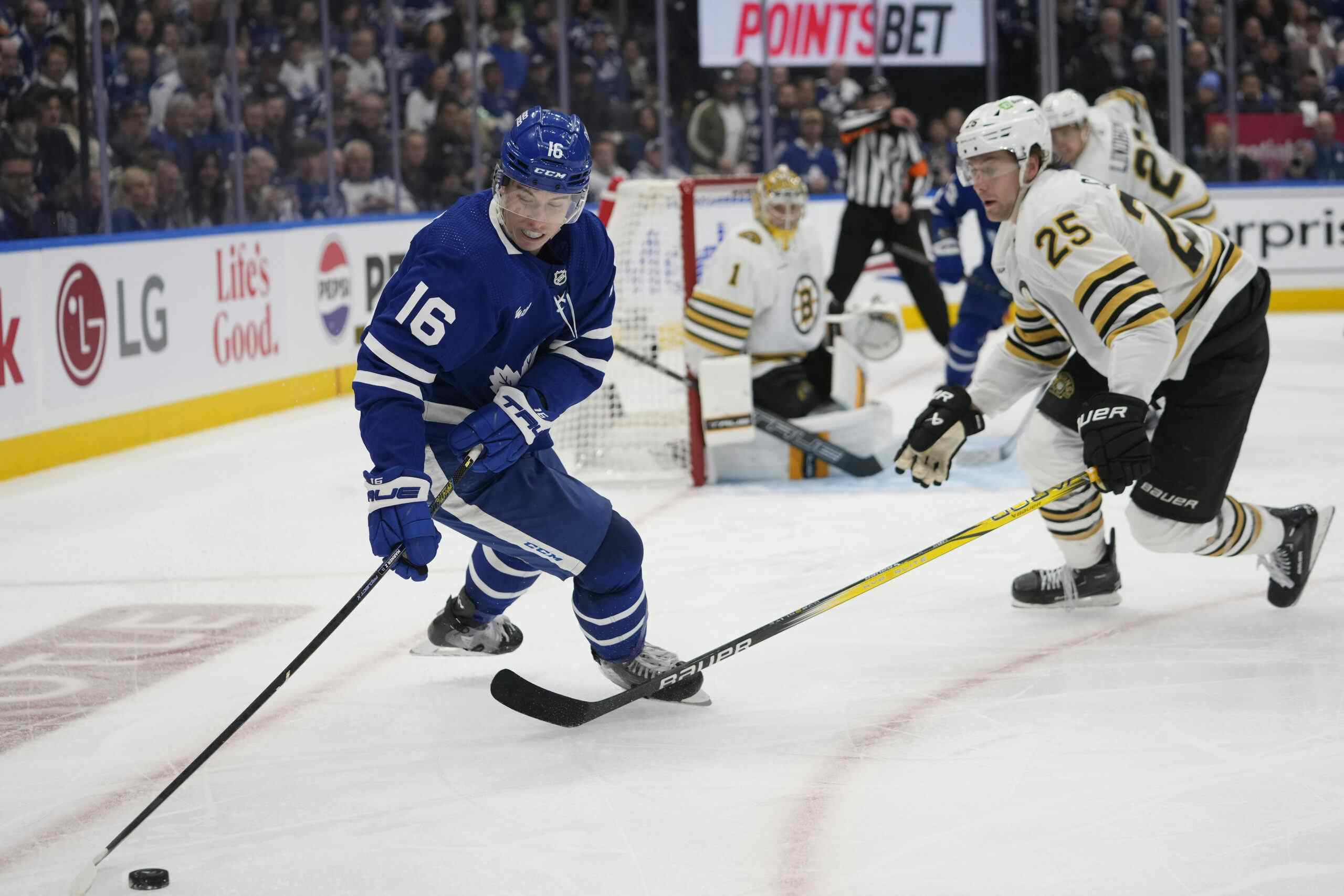On Parachute Theory, or why Jason Blake’s Maple Leafs tenure was secretly a success
It was the summer of 2007, the early years of the Behind the Net era, when the Toronto Maple Leafs signed Jason Blake.
Blake, a 34-year-old winger coming off of a 40 goal season, was thought to be a true beneficiary of the NHL’s post-lockout rules changes. Then Maple Leafs general manager John Ferguson Jr. gambled that Blake’s true talent level was that of the 40 goal scorer he’d been in the 2006-07 season, and not the consistent 20 goal he’d been for much of his career.
Blake never scored more than 25 goals in a single season again.
Blake never scored more than 25 goals in a single season again.
Ferguson’s gamble was regarded as a failure and it was in some respects. Upon closer examination though it becomes apparent that while the Maple Leafs’ gamble on Blake was unsound, he ultimately provided the club with solid value during his Toronto tenure. In fact, the mindset attached to his departure may be one that the Leafs should consider carrying into this year’s traded deadline.
Blake’s contract year production in the 2006-07 season wasn’t reflective of the American born winger finding a new level of sustainable performance. It was instead driven by an inflated shooting percentage the year prior.
Shooting at a career eight percent (below league average), Blake was never really a player with high-end finishing ability. Instead his value resulted from his ability to drive the puck into the offensive zone and towards the net. In 2006-07, he converted on 13.1 percent of his shots, which made him look like a much better shooter than he actually was. It was also largely what convinced the Leafs to sign Blake to a five-year deal worth $4 million per year.
The result? Well, as any Maple Leafs fan will tell you the Blake/Mats Sundin combination failed. Some attribute the failure to Sundin and Blake both being puck carriers, but Blake actually set a career high in shots for while Sundin had an uptick in goals for in their only season together.
Looking at the with or without you (WOWY) data found over at HockeyAnalysis.com, it appears that the two forwards – though they’re remembered as having little in the way of chemistry – actually benefitted from playing with each other. Together Blake and Sundin scored more, gave up fewer goals against, and managed a better shot attempt differential playing together than apart. The bigger issue than chemistry in that first season? Regression. Blake shot under five percent on the year. The bounces evened up, and the veteran winger followed up on a career high shooting percentage with a career low. Both seasons were outliers, but when your luck runs out after you move to a new team in a hockey mad market, fans and analysts don’t tend to cut you much in the way of slack.
Blake’s struggles caused him to be replaced on Sundin’s wing and he spent most of the year with Darcy Tucker and Matt Stajan. Like Sundin, Stajan and Tucker also had favourable possession numbers while playing with Blake compared to how they fared without him. Actually so did every player who played at least 150 minutes with him. In most cases, the goals for percentage went up too. Really, the only person who was being brought down by Jason Blake’s down year was Jason Blake.
In the 2008-09 season, the Leafs blatantly tried to tank and didn’t really succeed started the season with a new lineup and a new Head Coach, which gave Blake a new lease on life.
Blake spent most of his time with Dominic Moore and Lee Stempniak, useful players who are still kicking around the league. Once again, any player who spent significant time with Blake at 5-on-5 saw their shot attempt differential shoot up, and in Moore, he found a free-wheeling partner in crime. Their partnership led to what I believe was Blake’s best year as far as production goes; a 25 goal, 63 point campaign with a shooting percentage at the league average. Not bad for a thirty five-year-old on a bad team.
But with Phil Kessel headed into town, and the Mikhail Grabovski/Nikiolai Kulemin duo starting to come into their own, the need for an older player with three years left on his contract began to fade. Brian Burke wanted to be competitive by the last year of Blake’s contract, and he didn’t want that four million dollars to get in the way. So, as the warning signs of age related decline started to show, Burke did something that transformed the Blake signing from a risky proposition to a fantastic one – he parachuted.
Parachute Theory

On the same day that the Leafs traded a mixed bag for Dion Phaneuf, they also traded Jason Blake – now halfway through his deal – along with Vesa Toskala to Anaheim for Jean-Sebastien Giguere. Anaheim flipped Toskala to give them cap relief, and the Leafs got a fill-in goaltender who had a shorter contract than Blake’s.
It wasn’t a kings ransom, but suddenly, they had paid about ten million dollars for two and a half seasons of a possession driving 0.65 point per game player (who slumped out of the gate). All things considered, that’s not such a bad investment.
This is the Parachute Theory. The idea is to treat a risky asset like gravity while you’re skydiving; at some point, you need to pull the cord and sail down to earth unharmed. Of course, it’s not always possible to pull the chute on a free agency signing. The David Clarkson chute is a good example: instead of a nylon canopy designed to facilitate aerodynamic lift, the Clarkson chute has a house-sized anvil made of dark matter attached to it.
Toronto, of course, also looks like they’ve borrowed that Anvil and are using it to crash down the standings. But if they’re going into this Trade Deadline as sellers, they may as well try to pull a couple of parachutes in an effort to save cap space for later.
Maybe you don’t spend as much time trying to eke out every last bit of value you think the player presently has, but you avoid the risk of accepting a lot less later, or worse, having a negative asset in the future that you have to pay more – in buyout cost, in dead salary cap space, in retained salary, or in future assets – to rid yourself of.
Potential Parachuters

Courtesy: Wikimedia Commons
- Tyler Bozak is one that comes to mind, if only because he has a very similar contract structure to Blake’s. While Bozak’s form isn’t likely to decline precipitously for age related reasons like Blake was, many believe that he’d probably see a “stopped playing with Kessel” downtick in his perceived value if he stopped playing with Kessel for a significant period of time. At Bozak’s age and at 4.2 million dollars, his value may be at close to the highest its ever been (earlier in the season probably being even better). One has to think that a team with cap flexibility would at least consider giving up a little to take a chance on him. I’m coming around a little on parts of his game, but I can’t see him getting these type of minutes three years from now, but he’ll still be on his current contract three years from now.
- Joffrey Lupul is another easy one. He’s a very good player as long as he’s healthy, but he’s never healthy. He’s now in year three of a five year contract which, adjusted to cap inflation, is actually very similar to Blake’s (5.25M in 2012/13 dollars is equivalent to 3.76M in 2007/08). Lupul’s sell high point was probably immediately after he signed the deal, but you should realistically still get positive value now .
- A bit of a pre-parachute might be Jonathan Bernier. One gets the impression that he’s due for a big raise, but at the same time, if you remove the first two months of his time with the Leafs from the equation, he’s pretty close to the league average in save percentage. He’s a good goaltender, but getting effective goaltending for a low price has been huge for the Leafs in the past few years and losing that value tightens Toronto’s salary cap bind. The club would need to have a plan in place to go this route – if they shop enough salary before hand, signing Bernier and trading him about a year and a half into his new deal might be a more traditional and favourable parachute. Or, you know, full rebuild, go back to James Reimer and put less of an emphasis goaltending until one of the three kids show NHL promise.
The whole point of Parachute Theory isn’t to say “dump all the bad deals” – these are guys that are providing decent value, but could eventually be negative assets. In a game where the salary cap requires you to find competitive advantages and maintain a high level of ruthless efficiency, minimizing these risks is key. Besides, it’ll make sure the reputations of these players in the city don’t get soiled. For Dave Nonis, this is probably key; having a bunch of his acquisitions and retentions fall out of favour won’t bode well for his future.
The Leafs should stay away from these contracts to begin with, but if they’re going to go through with them, they need fewer heartbreak endings and more Jason Blakes.
Recent articles from Jeff Veillette





